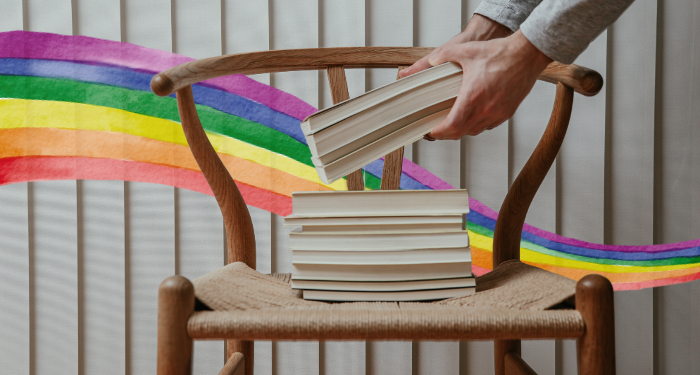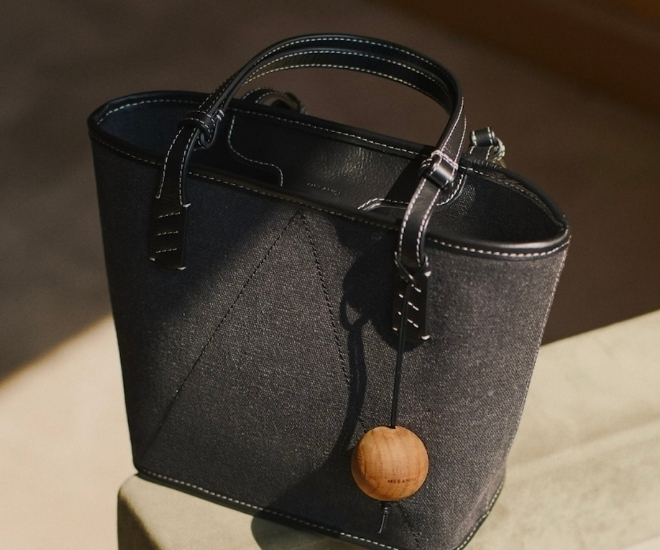Astronauts onboard the International Space Station (ISS) are preparing for another spacewalk on the modular space station orbiting the Earth. Scheduled for later this month, the astronauts will configure a robotic arm as part of an expedition that is expected to last for seven hours. The Expedition 67 crew members have also been conducting various scientific experiments aimed at studying how humans and plants adapt to the zero-gravity conditions of space. As part of their study, NASA Flight Engineers Jessica Watkins and Bob Hines together analysed the effects of living in space on dexterous manipulation.
The engineers held an hour-long morning session inside the Columbus laboratory module where they performed some gripping and motion tasks while seated in a specialized chair. The observation of the study is expected to give scientists a deeper insight into the human nervous system while it may also assist engineers in designing spacecraft interfaces.
The crew members are also preparing for another spacewalk which is expected to take place at 10 am EDT/ 7:30pm IST on July 21 this year. Commander Oleg Artemyev of Roscosmos and the European Space Agency’s (ESA) Samantha Cristoforetti will carry out the spacewalk and are currently studying their spacewalk tasks, safety procedures, and manoeuvres.
This will mark Cristoforetti’s first spacewalk where she will be led by Artemyev, who has pulled off the walk five times before. The duo will continue to configure the European robotic arm to conduct operations in their planned excursion which will last for seven hours.
Artemyev was assisted by Flight Engineer Denis Matveev in his preparations for the spacewalk where they collected and inspected tools to be used in the excursion. Meanwhile, Flight Engineer Sergey Korsakov worked on the electronics gear and checked ventilation systems in the Nauka multipurpose laboratory module.
Flight Engineer Jessica Watkins also monitored the mizuna greens and radishes that have been growing for the eXposed Root On-Orbit Test System (XROOTS) space botany study. The method of growing plants involves soilless aeroponic and hydroponic techniques.
Another Flight Engineer, Kjell Lindgren, ventured into the Cell Biology Experiment Facility and serviced components inside the biology device. The device features an artificial gravity generator and is employed for research on the space station.








